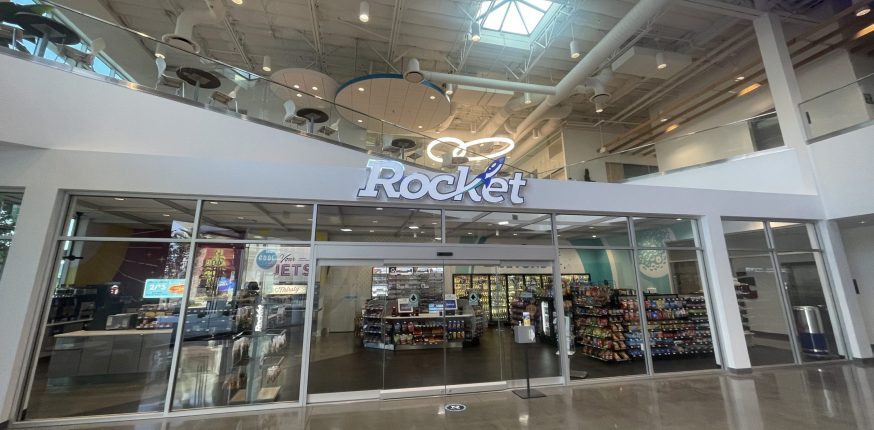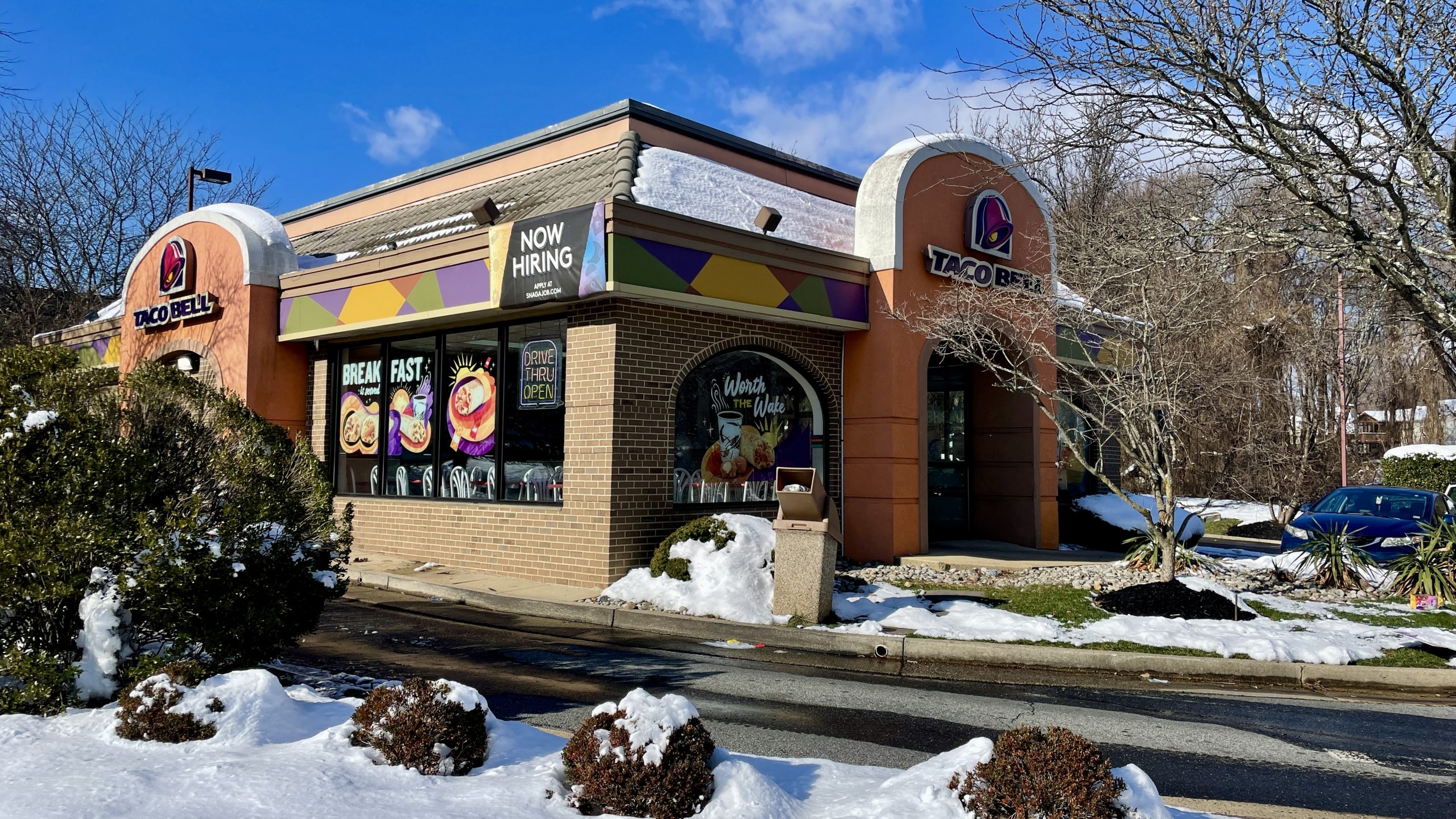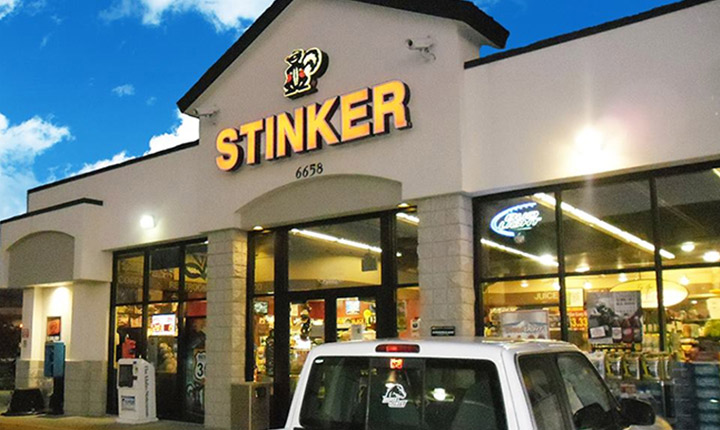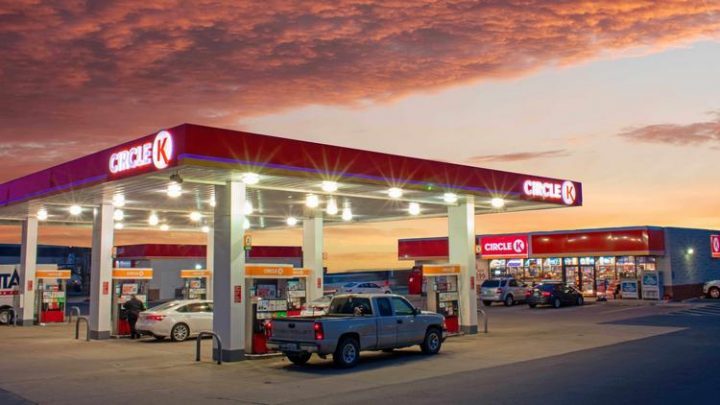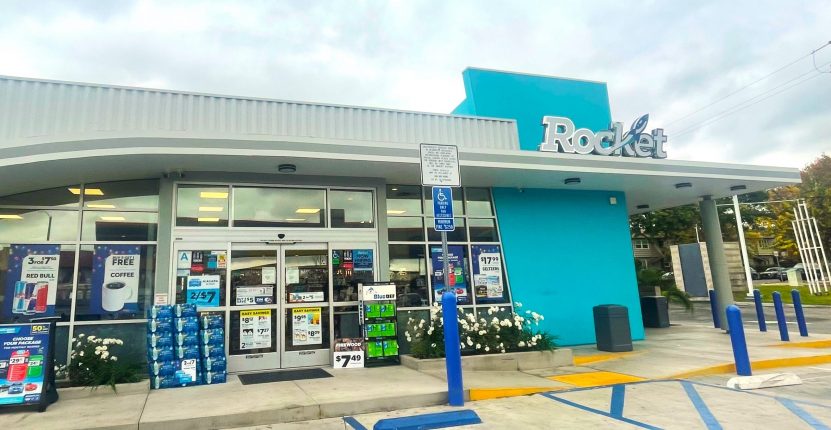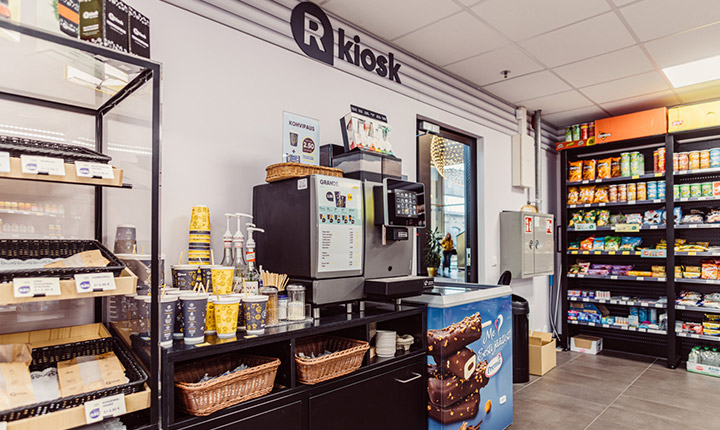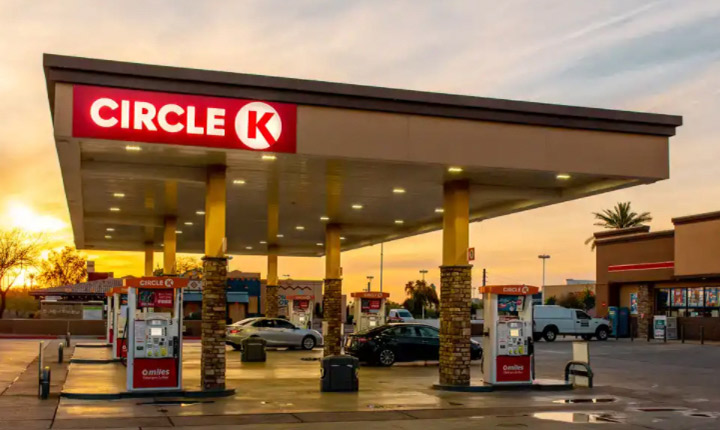One of my favourite reasons for researching and writing about loyalty programmes worldwide is to uncover global loyalty programmes that have achieved impressive scale, especially those I might otherwise never hear of. This article is exactly one of those occasions, with the discovery that Panera Bread, a chain store of bakery-café restaurants with over 2,130 locations in the United States and Canada, claims to operate the US restaurant industry’s largest loyalty programme with over 25 million members in 2017.
Panera Brand is certainly growing its store footprint in recent years, one of the many hospitality companies owned by the little-known German conglomerate – the Jab Holding Company – whose portfolio includes such diverse global brands as Krispy Kreme Doughnuts in the US, Pret a Manger in the UK, as well as Espresso House, the largest coffee chain in the Nordics.
The company is now almost forty years old, starting with a small bakery in Boston in 1980 and is now one of the most successful restaurant chains in North America, with nearly $6 billion in sales and over 140,000 staff. Throughout its extensive history, the brand has partnered with and/or acquired a number of complementary cafe and bakery brands, and spent over twenty five years as a publicly traded firm, but has chosen in recent years to revert to operating as a privately held firm. This decision is one of the reasons credited with allowing Panera the freedom to invest heavily in its digital capabilities, and leverage its strategy of “driving demand and reducing friction” – achieving an incredible $2 billion of digital sales in 2018, almost 33% of the company’s overall sales.
Here we review the key customer insights being applied by this iconic American brand to understand what we can learn from their approach and why I believe there are even greater opportunities to drive consumer loyalty in the future.

Focusing on Digital
“Panera 2.0” was the name given to the decision in 2014 to focus on using digital technologies to differentiate Panera Bread in the ultra-competitive North American restaurant sector, described as “the single most important initiative” in the business. The investment followed an acknowledgement by the brand that ordering in its stores was often “chaotic and confusing”, creating unnecessary frustration and resulted in slowing sales as customers drifted elsewhere.
Having established a goal of simplifying ordering and collection, restaurants were upgraded with kiosks, an improved mobile app and the infrastructure they needed to ensure an effective delivery option for customers. While it seems obvious now in 2019, Panera was probably seen as an early adopter committing to these investments five years ago, with other industry leaders such as McDonald’s and Chipotle only recently driving their own initiatives.
Following five years of this level of focus on digital, Blaine Hurst, former CEO of Panera, announced the 33% milestone had been achieved in 2018, two years ahead of the original timeframe expected, with over 1.4 million digital orders being processed each week.
Operational Benefits
The Panera Bread app itself is clearly winning the hearts and minds of its customers, scoring a 4.9 out of 5 rating on the iTunes app store, with over 617,000 reviews. The operational benefits are clearly outlined, including the ability to re-order your favourite dishes, detailed personalisation and meal customisation, pre-orders to skip queues as well as the ability to track your delivery in the app, exactly as you might track an Uber ride.
It’s an effective strategy, learning from other industries what digital functionality customers enjoy, speeding up the entire order and collection/delivery process from start to finish, while keeping customers up to date every step of the way.
 Panera Bread currently offers its app for iPhone users only.
Panera Bread currently offers its app for iPhone users only.
The Loyalty Approach
Our articles typically review and report on the entire value proposition for loyalty programme members, to help us explain how appealing it is for members, however Panera Bread takes the unusual approach of not publishing its loyalty programme membership benefits – even in the fine print – something we believe is essential so that it can be evaluated and understood.
According to one consumer report, the programme “starts out strong, with a free pastry upon registration and a free drink for the first use”, so these instant rewards are the most likely reason for the high membership numbers quoted. Their loyalty FAQ’s then describe that “you may get things like complimentary bakery-cafe items, exclusive previews and tastings or cooking and baking tips. We may also surprise you with invitations to special events, ideas for entertaining, recipe books – and more.”
This approach is known as a “surprise and delight” strategy which can complement any good value proposition, however as a standalone offering, it’s unlikely to wow customers. Certainly in our research, the subsequent rewards are described as “skimpy”, and with so little supporting information available, I simply can’t imagine that consumers truly feel recognised or rewarded.
As industry professionals, we engage in extensive customer research on what makes a loyalty programme worthwhile, and it’s certainly true that rich rewards drive maximum engagement. As consumers in advanced markets like the US become increasingly educated on the “earn/burn” rates on offer from their favourite brands, they actively engage – or disengage.
One industry researcher has done great work compiling a comparison table of how the leading US restaurant chains compare in their reward rates – extremely useful for industry professionals who are often keen to understand how their programme’s value proposition compares in the industry.

Consumer Value Propositions from US Restaurant Chains – Source ThePointsGuy
From my perspective, now that Panera Bread has addressed its operational issues with an effective functional digital strategy, they have a massive opportunity to enhance their loyalty programme and begin to focus on the experiences and emotional benefits that consumers increasingly expect, particularly with its premium pricing policy attracting plenty of commentary on social media channels.
After all, recruiting members to any loyalty programme requires consistent effort and investment, which only achieves its true potential when they are engaged and behaving in ever-more-profitable ways. We’ll be watching over the coming months and years as the newly appointed CEO continues to grow this brand’s business – and hopefully consumer loyalty – in the future.
![]()
About Us:
Liquid Barcodes is a leading global loyalty and digital marketing technology company specialized for the convenience store and foodservice industries. Our proprietary cloud-based technology platform allow retailers to create and manage their digital marketing campaigns with a proprietary process we call the “customer connection cycle’ to engage, promote and reward customers activities in real-time across digital and media channels.
How we do it:
We have developed the most advanced loyalty and digital marketing technology platform specifically for convenience store and foodservice retailers globally.
Retailers use our self-service dashboard to create and manage loyalty driven marketing campaigns that increase purchases with their existing customers, as well as effectively target and acquire new customers through partners or paid media channels.
One core component of live loyalty is gamification. We have gamified branding, loyalty and promotions. We believe this approach is essential in order to get customers’ attention and ultimately truly engage them with repeatable actions thereby winning their loyalty.
Check out some of our exciting/proven results here:
About Me:
Chief Content Officer, Liquid Barcodes and Independent Loyalty Consultant.
With over twenty-five years marketing experience, I specialise in loyalty marketing consulting, managing consumer loyalty propositions, strategy and operations. In addition to working with Liquid Barcodes, my clients have included Telefonica O2, Three Mobile, Electric Ireland, Allied Irish Bank and The Entertainer, as well as Avios – the global points currency for some of the world’s top airlines. I am also a judge for the Loyalty Magazine Awards.
—————————————————————————————–


